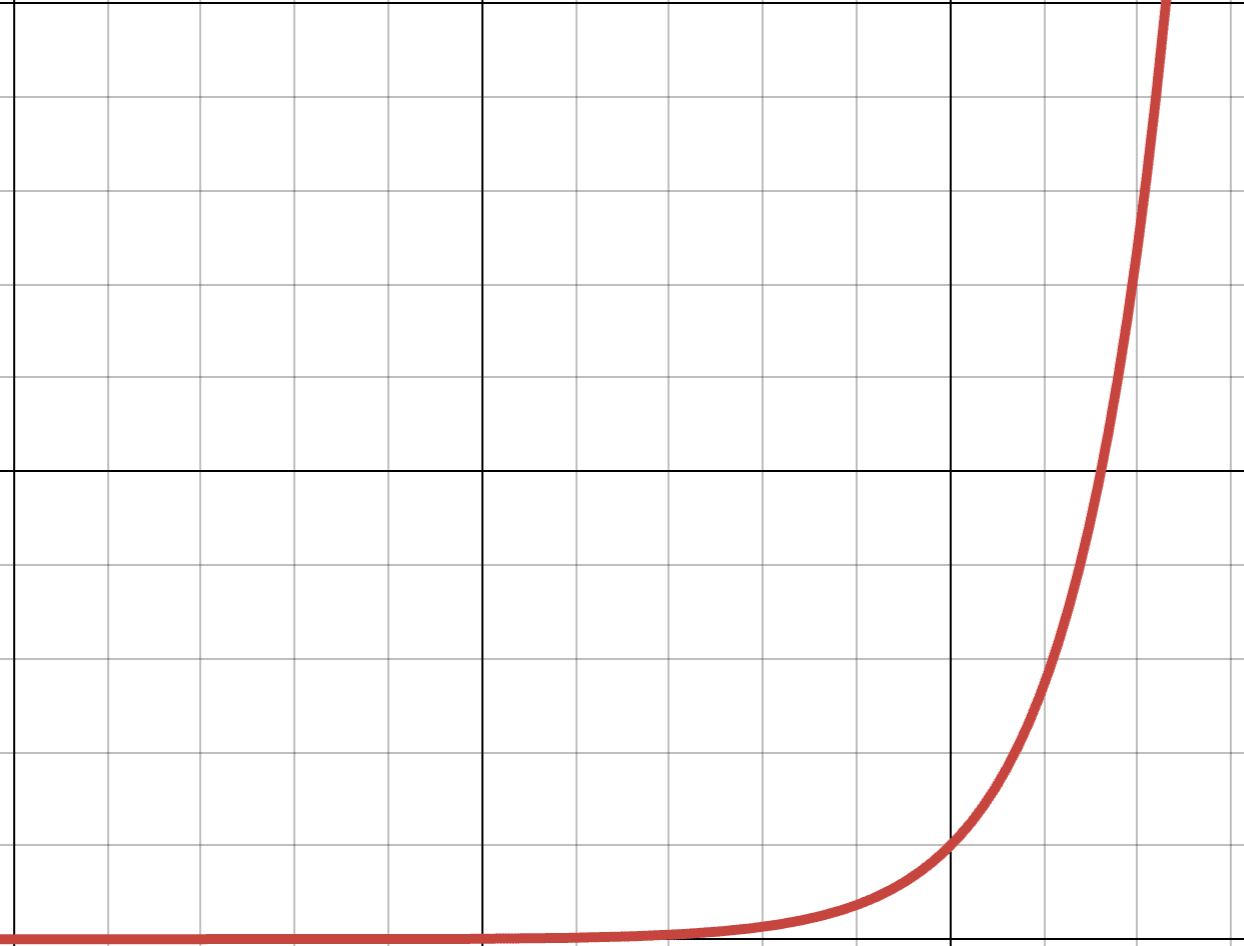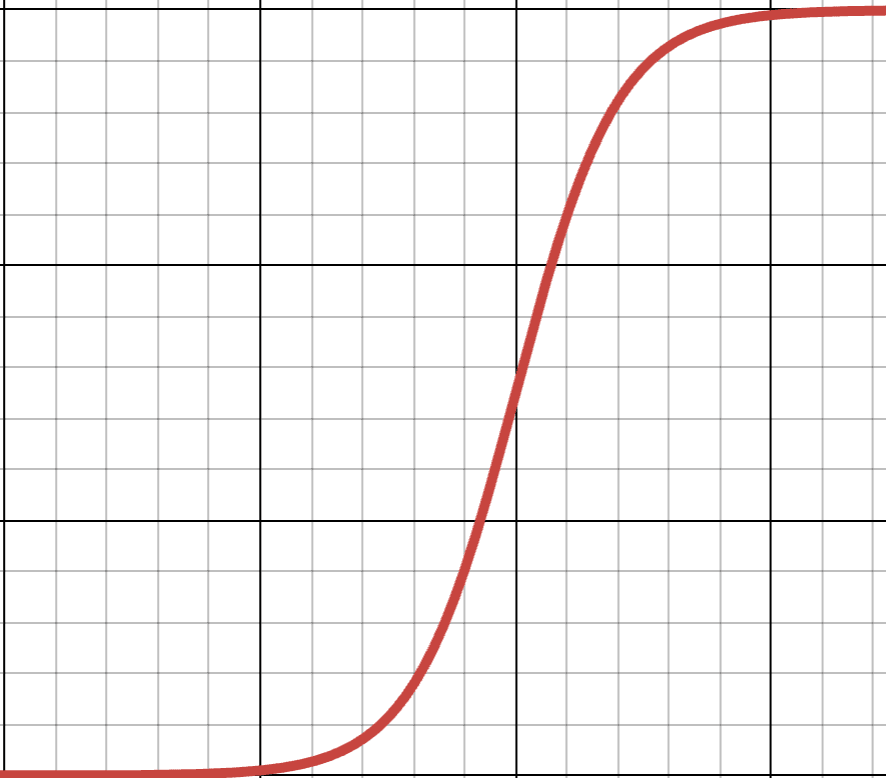Published on September 3, 2025 5:20 PM GMT
A couple times a week I read something about growth, usually about AI, that includes a chart that looks like this:
And I get immediately annoyed, because this is a zoomed in view of a chart that should look like this:
Mathematically there's of course nothing wrong with exponential curves and functions, and they are obviously different from the S-curves and sigmoid functions that produce them. But when used to model growth, exponentials are always the wrong model, because no growth lasts forever.
The limitations of growth are a simple consequence of the limited resources available within the Hubble volume—or a more confined space, like a planet or country or city—where the growth is happening. Positive feedback loops eventually become negative when the key resources fueling the growth run out, be that exhausting the supply of energy, materials, efficiency, or other underutilized resources from which there are gains to be made.
We know growth is limited on a small scale. Every tech boom runs its course. Every improvement in market efficiency exhausts opportunities for arbitrage. Every meme saturates culture to the limit of the number of minds that will adopt it. But what about on the big scale?
If we look back at history, it feels exponential. Everything goes up and to the right when we zoom out: population, energy extraction, GDP, everything! Sure seems like the growth can't end.
But we know in theory that growth must always end. Long-run growth only looks exponential because we’re in the middle of a long process of stacking S-curves on top of each other. But eventually we will run out of S-curves to stack, and growth will end.
Now, I'm not saying we're near the limits of our growth yet. In fact, compared to the astronomically large amount of growth that is possible, our growth to date looks like a flat line. But, all growth does end, and if we are to accurately model the world, we must account for this fact.
So, the next time you try to model growth, remember that it will end. Your model is incomplete so long as it fails to include a measure of the causally relevant inputs to growth and their rate of exhaustion. If you posit that growth will continue indefinitely, the world will eventually prove you wrong.
Discuss



